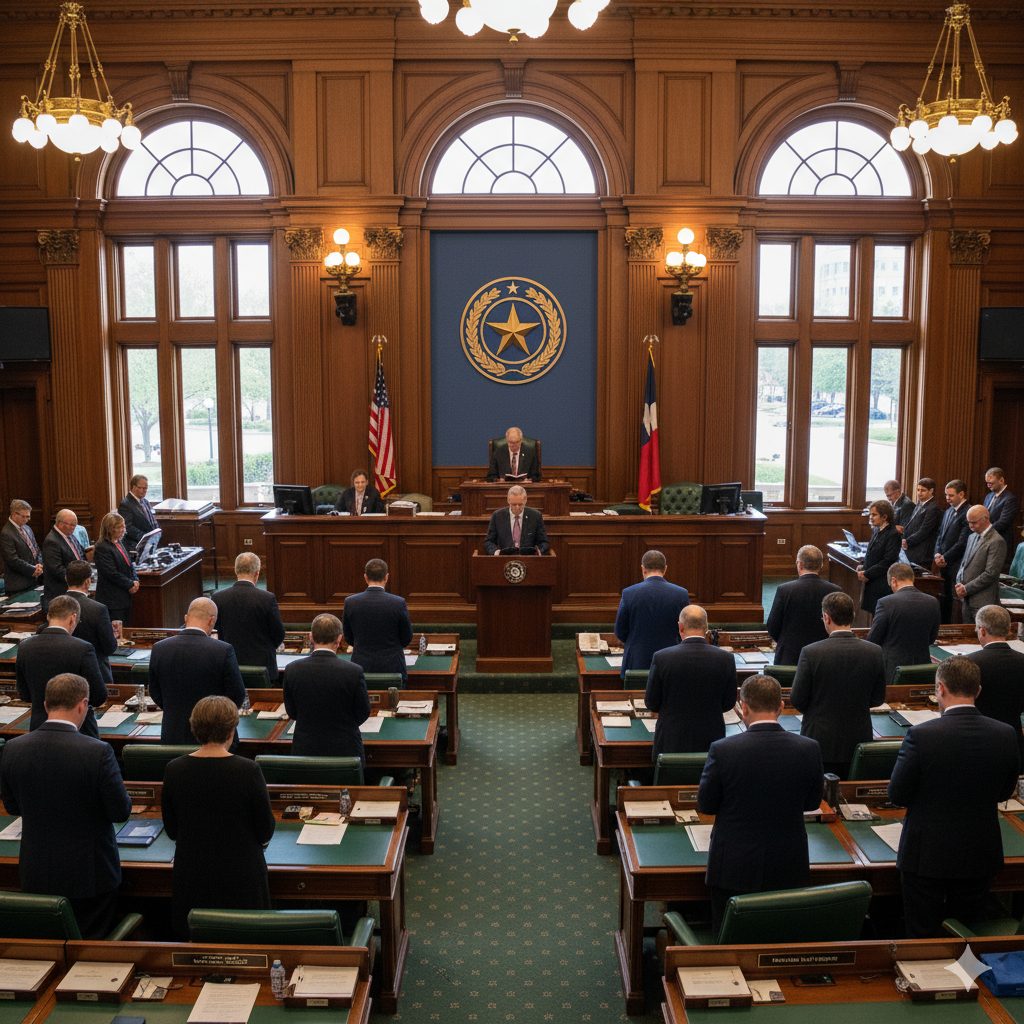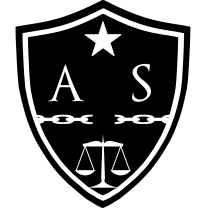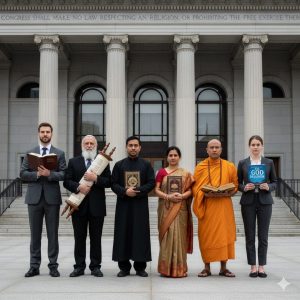
I. Introduction
On August 15, 2025, a video from the Texas Senate spread quickly across social media. During the chamber’s opening, Lieutenant Governor Dan Patrick directed the audience to stand for a Christian prayer. When several remained seated, he warned that those who refused would be removed.
I first watched the clip not merely as an US citizen and an erstwhile resident of the State of Texas, but also as a clergyman in the military—someone trained to navigate the boundary between religious expression and personal liberty. The moment made me pause. It wasn’t the prayer itself that troubled me, but the command attached to it. I do not doubt that the Lieutenant Governor intended to honor his faith and uphold a tradition of solemnity. In that sense, his desire was understandable—even commendable to an extent. But in matters of worship, sincerity cannot substitute for consent. The very power that makes faith meaningful lies in the freedom to choose it.
In ministry, as in public service, the lesson is clear: faith loses its authenticity when it is mandated. The same principle that guides chaplains in the military also guards the conscience of every American—the right to believe, or not, without fear of civil penalty.
II. The Constitutional Foundation
Again, as we have in previous articles, we highlight how the First Amendment enshrines two related freedoms:
- The Free Exercise Clause, ensuring that each person may follow their own faith;
- The Establishment Clause, preventing the government from promoting or enforcing religion.
Together, they uphold the dignity of conscience—the freedom to worship sincerely or abstain entirely.
As the Supreme Court declared in West Virginia v. Barnette (1943):
“No official, high or petty, can prescribe what shall be orthodox in religion.”
That statement is not a rejection of faith, but a protection of it.
III. The Boundary Between Tradition and Coercion
Public prayer is not unconstitutional; it has deep roots in American civic life. I have offered many public invocations in my role. However, I do make it very clear prior to my invocations that no one is forced to participate, and can observe that moment—which is solemn for me and those of like belief—simply in silence with no need to bow or stand or kneel. In Town of Greece v. Galloway (2014), the Court upheld the practice of legislative prayer, citing its historical role—so long as participation remains voluntary.
But in Lee v. Weisman (1992), the Court struck down prayer at a public-school ceremony because even subtle pressure on children to conform was deemed coercive—parents are encouraged to mold the spiritual lives of their children, not the state.
The distinction lies in choice. When a public official orders citizens to stand, bow, or participate, the prayer ceases to be an invitation and becomes an imposition.
IV. A Chaplain’s Lesson in Liberty
As part of chaplain training, one of the first principles we learn is that faith cannot be compelled—not by command, rank, or culture. This is both pragmatic and constitutional—morale and good order can be hampered by coercion of the conscience; therefore whether a servicemember prays quietly, stands silently, or chooses not to engage at all, our duty as chaplains is to protect that choice, not define it for them.
I strongly believe this same principle should guide all public leaders. Coercion, even when intended as reverence, diminishes sincerity. Worship performed under threat is not worship—it is civil compliance.
V. Why This Moment Matters
The Texas Senate incident is not merely about decorum or politics. It’s about the moral use of authority. Faith should move hearts, not dictate posture. When government power enforces participation in prayer, it crosses from leadership into spiritual command, and in doing so, undermines the very faith it seeks to honor.
True liberty protects both the worshipper who stands in worship and the one who chooses to quietly remain seated. Both express the same sacred right—the freedom of conscience.
VI. The Example for Leaders
Public officials, military officers, and clergy alike share a moral responsibility to model respect for that freedom. A leader’s strength is not shown by how many comply, but by how safely dissent can exist under their watch.
The framers understood that religion thrives best when unforced. The moment faith requires law to sustain it, it ceases to be spiritual and becomes political. Our task is not to diminish belief in public life, but to protect belief from compulsion.
VII. Conclusion
I write this reflection as someone still learning how to serve both God and country faithfully. The First Amendment is not an obstacle to belief—it is its greatest safeguard. It ensures that no official, whether behind a pulpit or a podium, may compel or inhibit conscience. Moments like the August 2025 prayer controversy remind us that the American experiment depends not on uniformity, but on mutual respect. And as I continue my own chaplain journey, I am reminded of a truth older than the Republic itself: Faith that must be forced has already ceased to be sincere.
LIBERTAS FIDEI OMNIBUS EST LIBERTAS FIDEI UNI


